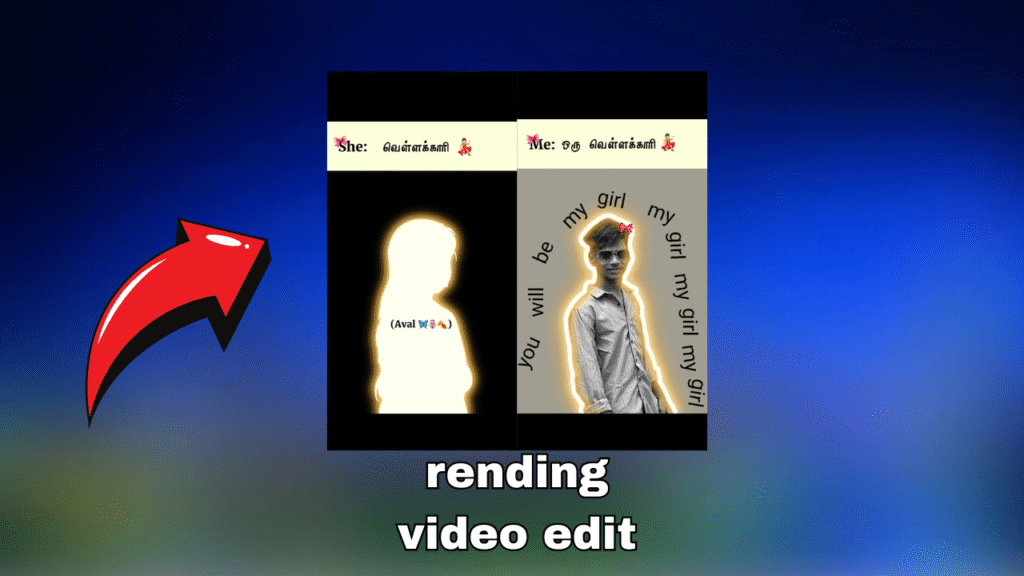Introduction
Flash warnings are important notices that inform audiences about the presence of rapid flashing lights or strobe effects. These warnings are especially necessary in videos, games, events, and performances to ensure the safety of individuals who may experience discomfort or health risks due to visual sensitivity.
Purpose of a Flash Warning
The main purpose of a flash warning is to protect viewers from potential harm. Flashing lights can trigger seizures in people with photosensitive epilepsy. Even for those without this condition, sudden bursts of light can cause dizziness, headaches, or visual strain. By providing a clear warning, creators and event organizers demonstrate responsibility and care for their audience.
Key Elements of an Effective Warning
An effective flash warning is brief, visible, and placed before exposure to the flashing content. The text should be easy to read, usually displayed on a plain background for maximum clarity. Timing is also important; the warning should remain on screen long enough for the viewer to process the information and make a choice to continue or stop.
Example of a Flash Warning Text
“This video contains flashing lights that may potentially trigger seizures for people with photosensitive epilepsy. Viewer discretion is advised.”
Conclusion
Including a flash warning is not only a best practice but also a sign of respect for diverse audiences. It ensures accessibility, minimizes health risks, and builds trust between creators and their viewers. Whether in entertainment, digital media, or live events, a simple warning can make a significant difference in audience safety.





